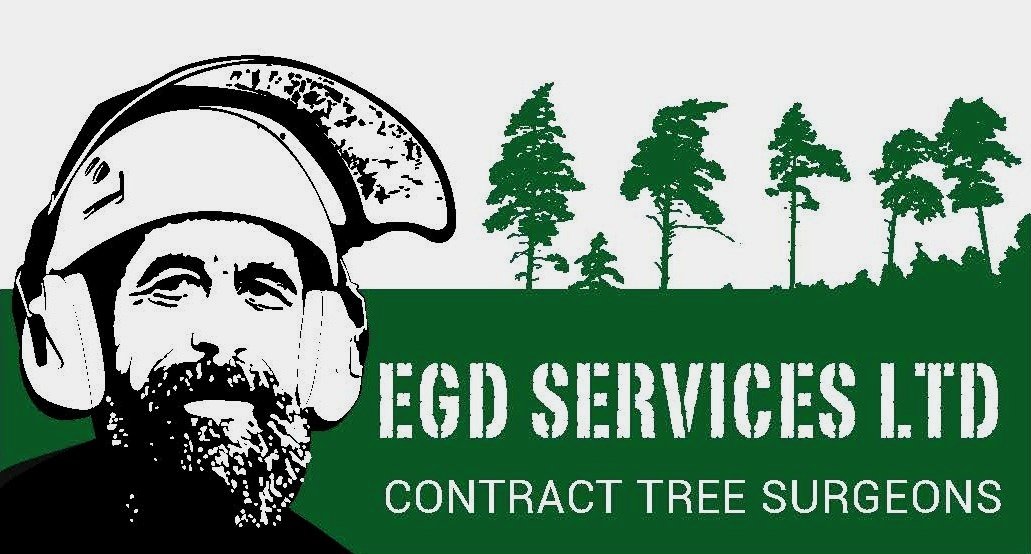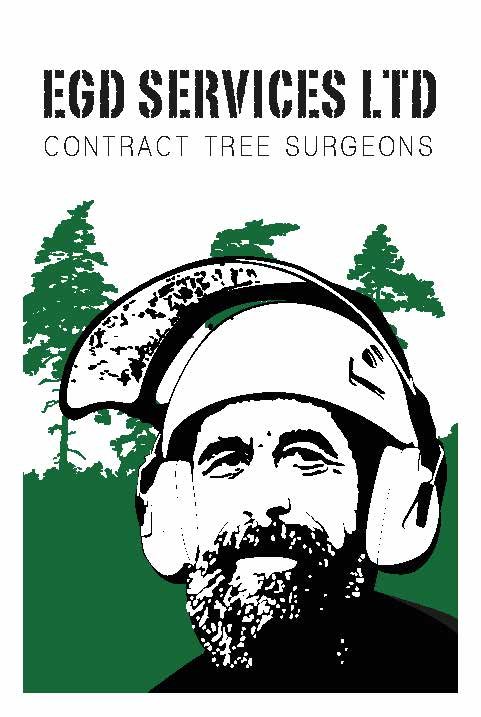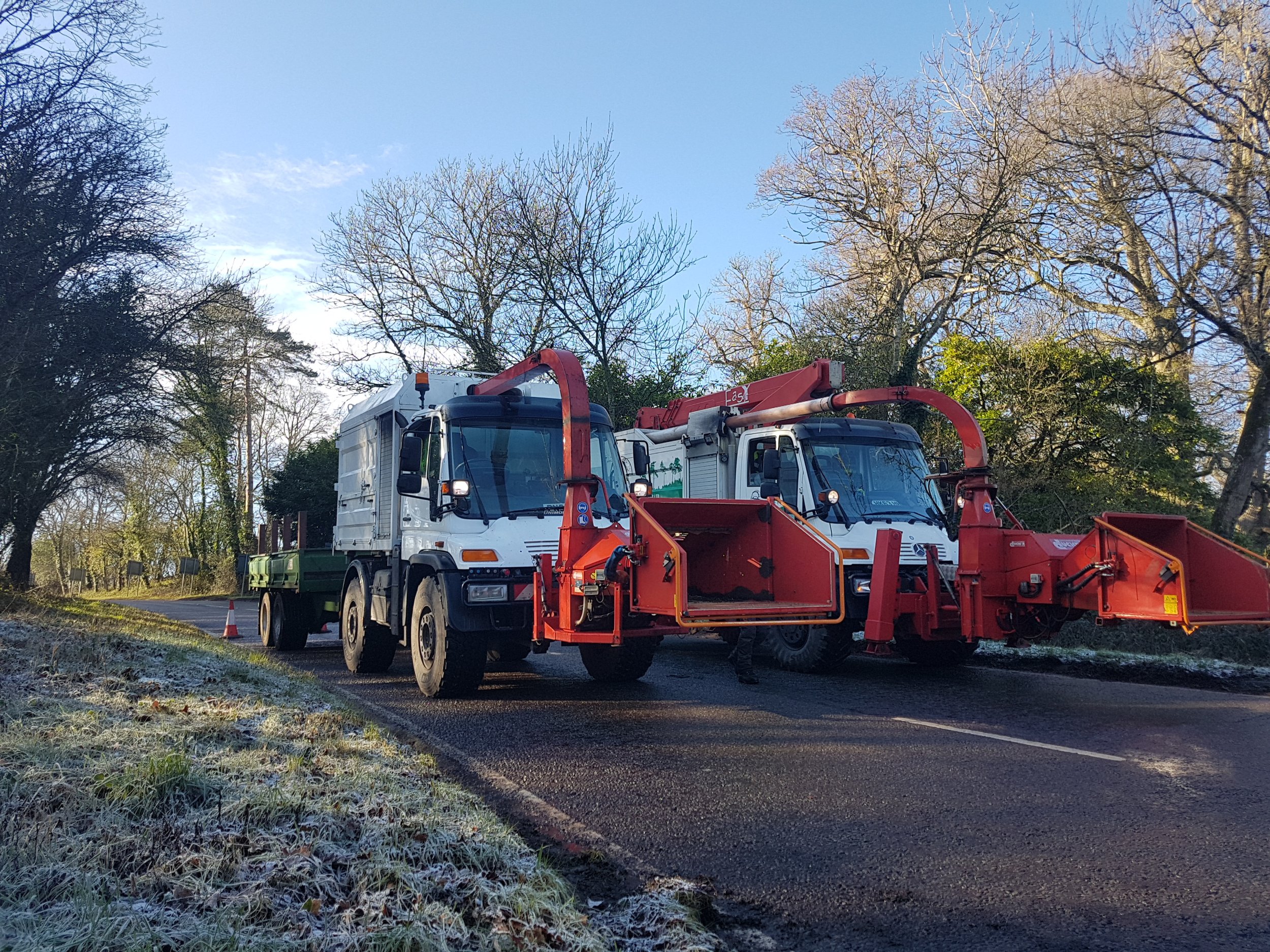
EGD Services Ltd Contract Tree Surgeons
Our Services
Tree Removal
At EGD Services Ltd contract tree surgeons, we offer tree removal of all shapes and sizes whether it be a small fell, a back garden beast that requires careful, precise rigging and lowering, or a monster that requires some heavy mechanical aid, we can cater for all.
Tree pruning
We can offer pruning of trees of all shapes and sizes from formative pruning of young trees, to reductions, thinning and crown lifts on mature specimens, keeping any tree in the best possible condition for it situated environment.

Dead wooding, retrenchment & tree maintenance work
EGD Services Ltd offer dead wooding and retrenchment work on trees of all shapes and sizes. Removing hazards from the landscape and conserving trees and habitat through veteranizing and creating monoliths. We also offer maintenance work of trees in the form of routine and reactive pollards and annual trimming and dead wooding.
Emergency tree works and storm damage
EGD Services Ltd offer emergency tree work, storm damage response to our commercial clientele and to general public. We are heavily equipped in house to tackle and make safe a magnitude scenarios with our elevated work platforms with high capacity chippers and lifting equipment.
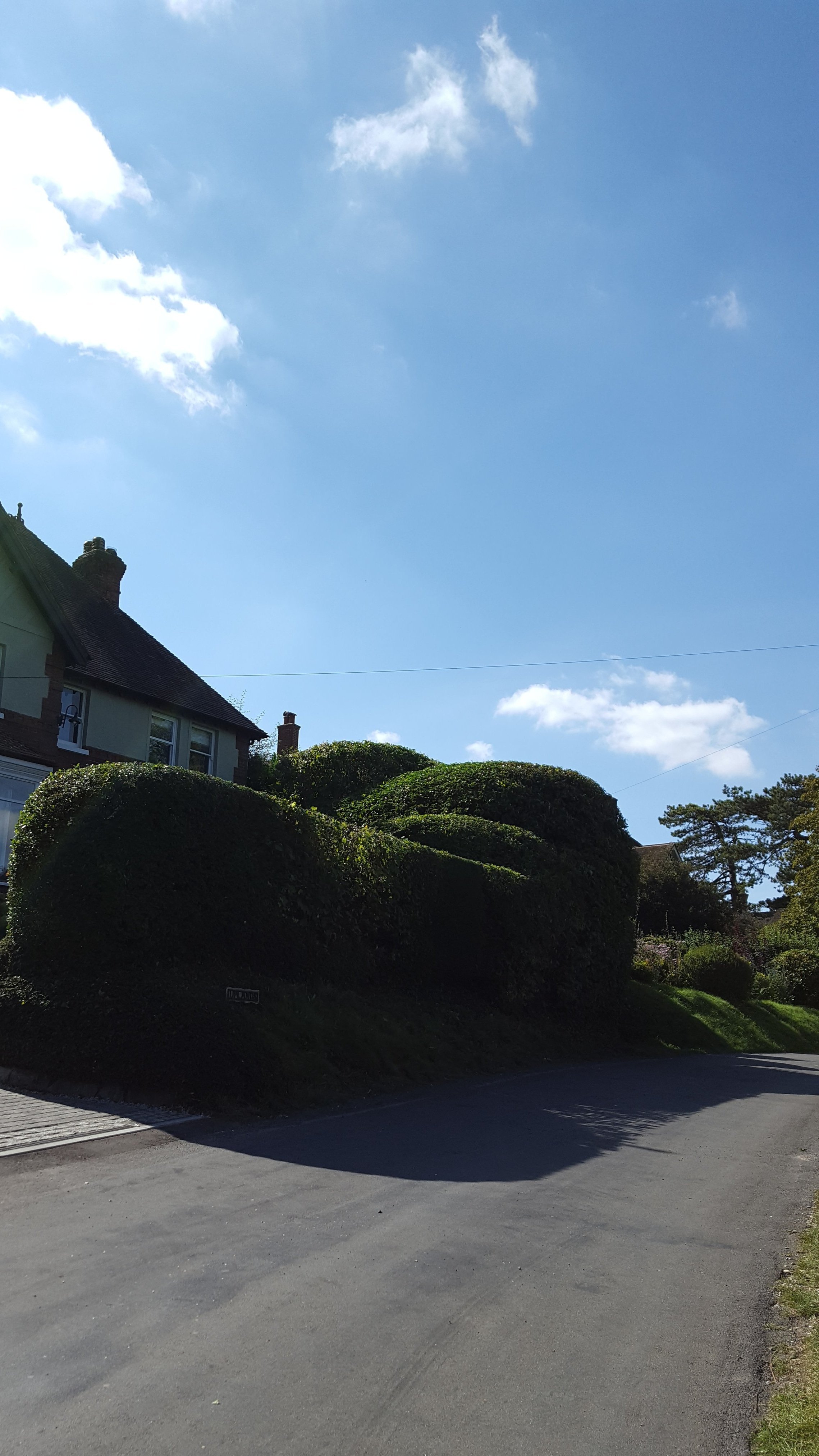
Hedge care
We can carry out maintenance on hedges of all shapes and sizes, whether it be removal, replanting, reductions, or programmed trimming, we have the equipment and know how to get things back in shape.
Tree bracing
We are also proud to offer bracing, propping and staying to reinforce a tree’s structure to prevent damage to it and it’s surroundings. As above, the propping of veteran trees to conserve the majesty of its structure or save an uprooted tree.

Roadside tree maintenance
EGD Services Ltd specialise in offering a safe and effective approach to road side tree maintenance and removals. Our specialist equipment is designed to work roadside and we can handle licensing, notice and traffic management arrangement when required.
Formative pruning
EGD Service Ltd offer formative pruning from young trees to promote a healthy balanced crown or fruit trees for yield, and accessibility and mature trees to create desirable forms or remove irregularities.
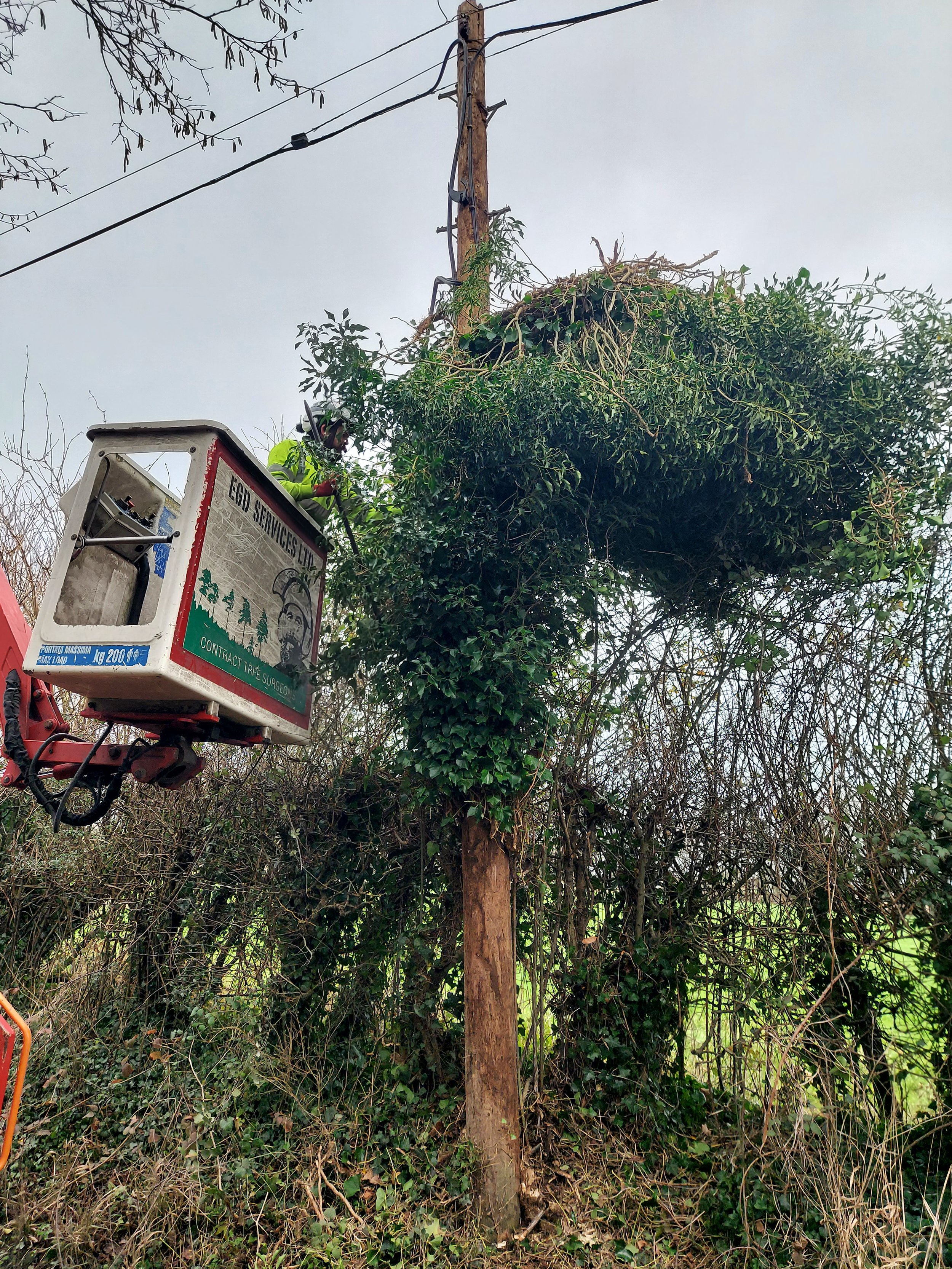
Infrastructure and line of sight clearance
EGD Services Ltd are experts when it comes to infrastructure clearance. We have provided clearance work in the telecoms sector for 30 years. Our detailed focus on the maintenance task that will follow our clearance work is what elevates us above others, be it telecom plant installations and repair or line of sight for point to point radio circuits and any other field based equipment.
Building and boundary clearance
Our company have great experience in reducing over hanging trees, limb and foliage, including climbers, interfering with boundary and buildings, by having equipment to carry the task out with the up most efficiency using our industry leading compact foot print M.E.W.P

Forestry operations
At EGD Services Ltd we offer all manner of forestry activities, from small scale thinning operations to large specimen removal and our low ground pressure equipment allows us to also complete low impact operations on sensitive sites.
Site Clearance
We offer site vegetation clearance, whether it be a large site for construction of roads or buildings, or smaller sensitive and restricted access sites. Our low impact equipment and methods are aimed to benefit the works to follow by creating the minimal amount of disturbances to the site necessary.
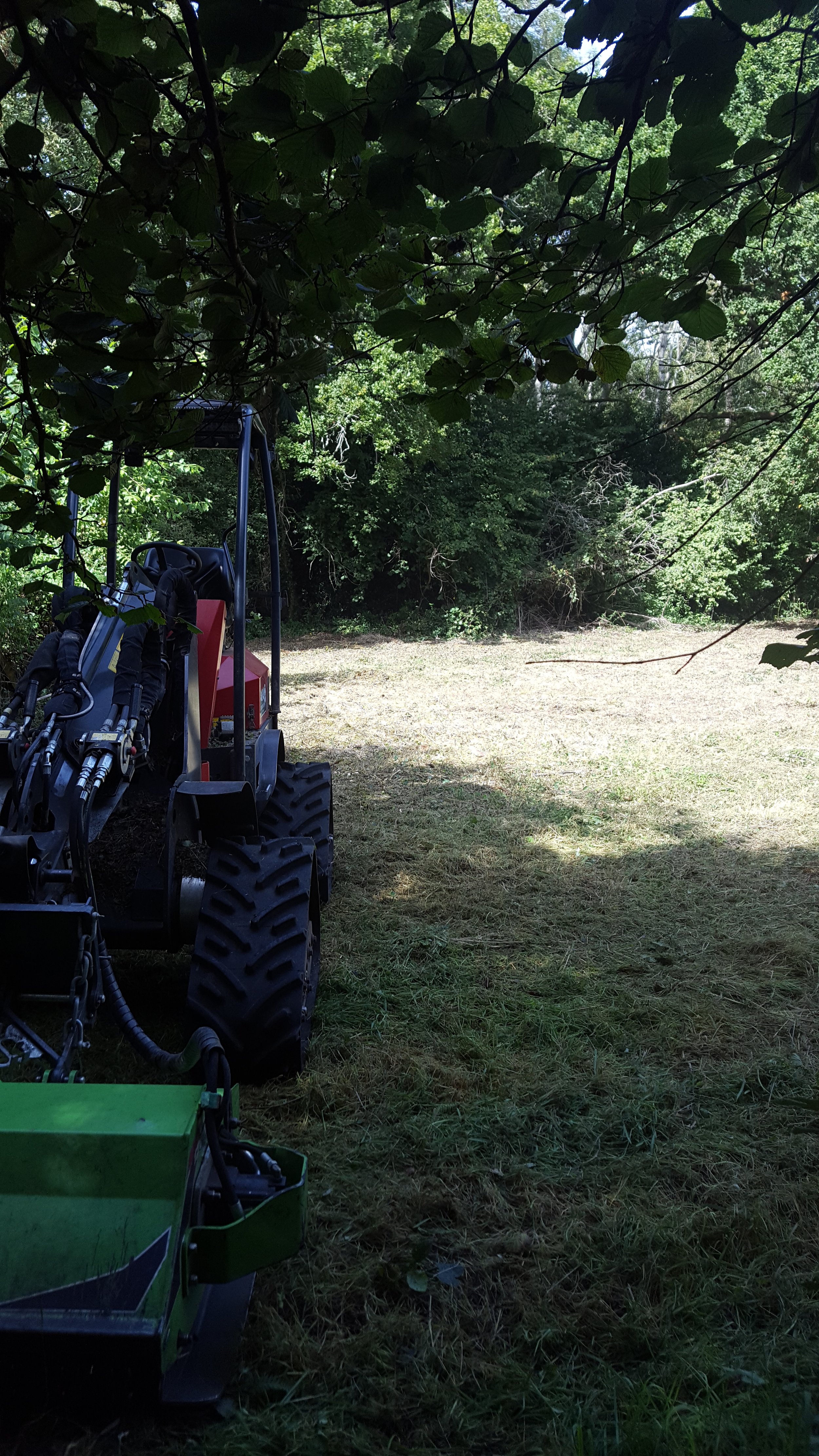
Mowing and scrub clearance
EGD Services Ltd offer ground and scrub clearance from overgrown gardens, to forgotten paddocks, paths and parcels of land. We can get them back under control and facilitate maintenance.
Stump grinding and removal
We can offer stump grinding or removal of small and large stumps and root-balls. We can treat stumps to prevent regrowth if full removal of stump is not a requirement.

Tree and hedge planting
EGD Services Ltd offer planting of trees and hedges from saplings to individual specimens, having equipment to handle larger specimens over soft ground.
Firewood production
EGD Service Ltd offer on-site fire wood production, converting a wood stack or trees you plan to remove, into a stock of fire wood. We can bring our array of processing equipment to you. We have a 420mm capacity processor with log deck and for big rings we have 20t box splitter that can produce 8 pieces on one stroke. We can also fetch, lift and dispense wood with our loader, bucket and log grab, ideal for estates and land owners.

Surveys and reports
EGD Services Ltd offer tree surveys and reports, whether for an individual or a large scale inspections. We keep bias out of the equation by often utilising third party professionals for our clients piece of mind.
Saw milling
EGD Service Ltd offer milling of stem wood of your felled trees into boards, posts, beams and even feather edge cladding, producing a useful valuable resource rather than just fire wood. Our Woodmizer LT40 bandsaw has a kerf of only an 1/8th of an inch per pass, maximizing timber yield and the residual off-cuts can still top up the wood store.
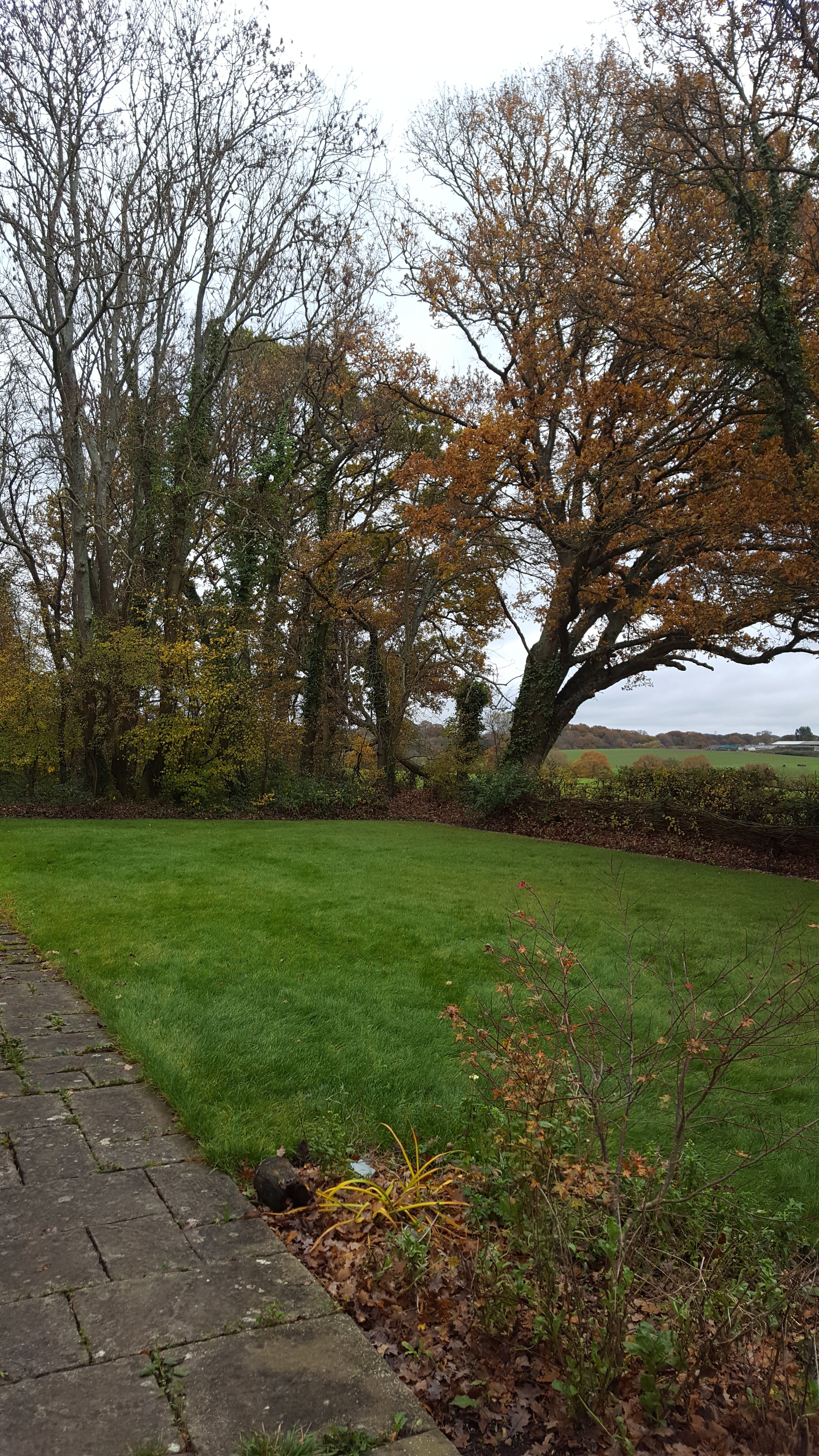
Environmental works
EGD Services Ltd offer completion of environmental and habitat services with our low impact access equipment and low ground pressure, articulated tracked loaders, with attachments from pallet forks, buckets, log grabs, tree shears, flails and sweeping brushes. We also contract out as operated hire for other firms in this area.
Grounds Maintenance
EGD Services Ltd offer grounds maintenance services to cover a broad aspect of outside property maintenance, from trees, hedges and grass, to clearing under-maintained paved areas. We have equipment to cater for a multitude of requirements.
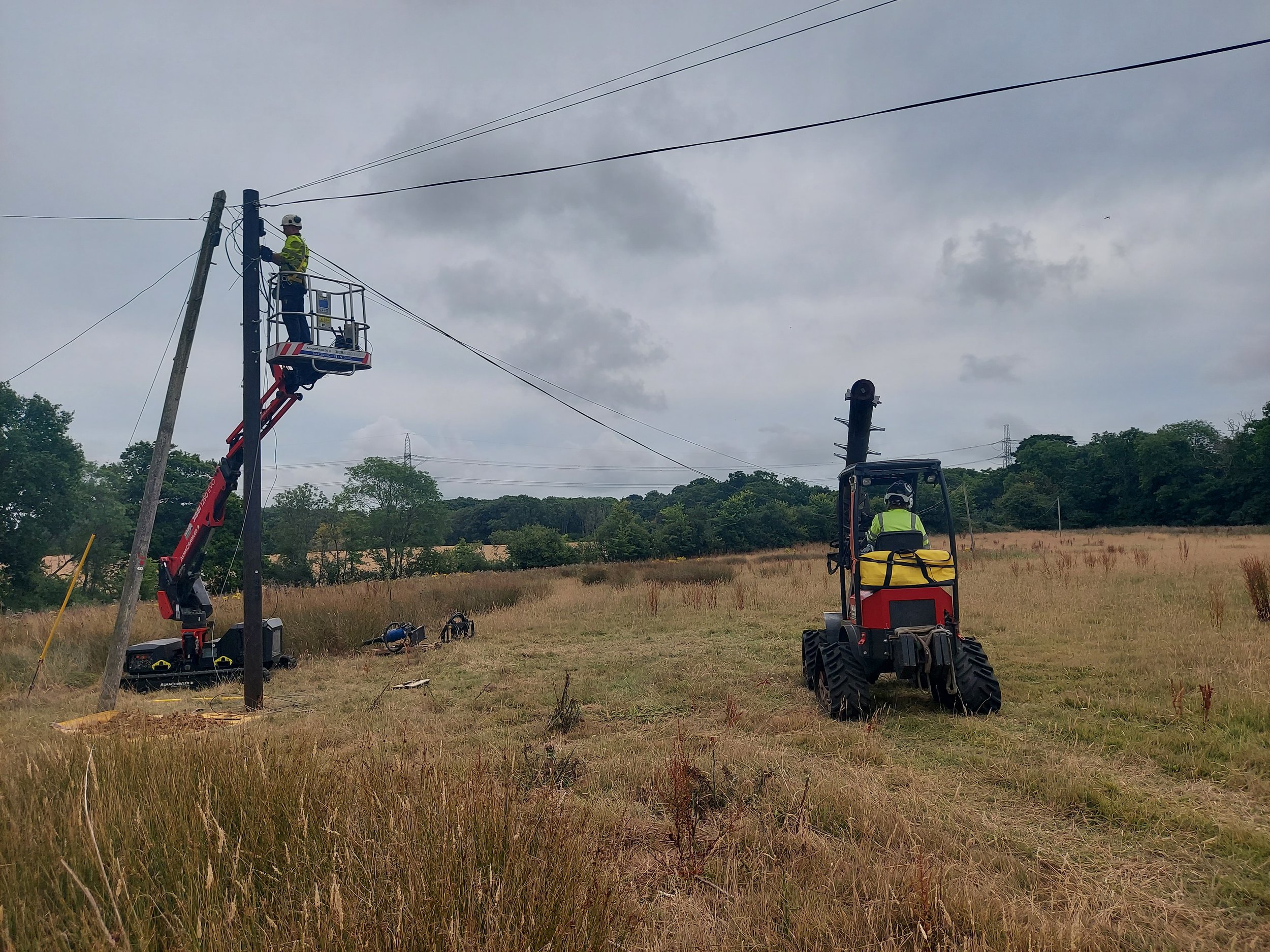
All terrain pole erection
EGD Services Ltd offer operated hire of specialist equipment to erect wooden poles in all manner of hard to access sites. We have specialised within this sector for many years in the telecom industry. We can auger holes, transport and stand poles up to 11m in height, mechanically and safely across difficult terrain and have a 12.5m M.E.W.P to access the same environments, great for pole structures and nest boxes.
Operated Hire
EGD Services Ltd offer our services to fellow companies and contractors. As well as operated hire of our specialized equipment. We work collaboratively with several companies to achieve their goals and their customer’s needs effectively and welcome further collaborations. Check out our equipment section.
Contact us now for a free no obligation quote or fill out our Tree-Arge form to receive an estimate remotely.
Glossary of Terminology
Adaptive growth
An increase in wood production in localised areas in response to a decrease in wood strength or external loading to maintain an even distribution of forces across the structure. Typical examples of adaptive growth are trees or boughs with Significant lean increasing wood mass in the focal points of Compression stress.
Adventitious/epicormic growth
New growth arising from dormant or new buds directly from main branches/stems or trunks. often produced in reaction from pruning in absence of tree surgery produces in reaction to disease, trauma, and other external stresses. can also be found naturally as sign of maturity in few spices for example lime trees
Bracing
Bracing is a term used to describe the installation of cables, ropes and/or belts to reduce the probability of failure of one or more parts of the tree structure due to weakened elements under excessive movement.
Branch bark ridge and collar
Natural features of a fork or union that may or may not be visually obvious. knowledge of the correct positioning of the Branch bark ridge and collar is vital to position pruning cuts correctly to allow callus to form effectively. Neither the branch bark ridge nor collar should be cut or damaged carrying out pruning.
Callus
Undifferentiated tissue initiated as a result of wounding and which become specialised tissues of the repair over time. in lemans terms a callus is scar tissue the probability of successful callusing is determined buy wound location, if a pruning cut its diameter and location in relation to the Branch bark ridge and collar and species
Cavity
A void within the solid structure of the tree, normally associated with decay or deterioration of the woody tissues. May be dry or hold water, if the latter it should not be drained. Only soft decomposing tissue should be removed if necessary to assess the extent. No attempt should be made to cut or expose living tissue.
Co-dominant stems
Two or more, generally upright, stems of roughly equal size and vigour competing with each other for dominance. Where these arise from a common union the structural integrity of that union should be assessed. Co-dominant stems often join in a tight v union with or with out presence of a bark ridge. later are susceptible to holding water and are obviously weekend due to bark ridge absence. both can naturally fail as stem diameters increases.
Coppicing
The cutting down of a tree within 300mm (12in) of the ground at regular intervals, traditionally applied to certain species such as Hazel and Sweet Chestnut to provide stakes etc.
Crown
The foliage bearing section of the tree formed by its branches and not including any clear stem/trunk. the trees crown is typically where our clients ask us to carry out tree surgery / arboricultural works consisting of. Reductions, thinning, lifting/raising, dead wooding and bracing as well as many other tasks.
Deadwood
Non-living branches or stems due to natural ageing or external influences. Deadwood provides essential habitats and its management should aim to leave as much as possible, shortening or removing only those that pose a risk. Durability and retention of deadwood will vary by tree species.
Decline
When a tree exhibits signs of a lack of vitality such as reduced leaf size or coverage, wilting, colour or density.
Dieback
Tips of branches exhibit no signs of life due to age or external influences. Decline may progress, stabilise or reverse as the tree adapts to its new situation. external influences can include but not be limited to poor pruning, extreme weather events, steam or root trauma or disease Ash die back for example.
Dormant
The inactive condition of a tree, usually during the coldest months of the year when there is little or no growth and leaves of deciduous trees have been shed.
Drop Crotching
Shortening branches by pruning off the end back to a lateral branch which is at least 1/3 of the diameter of the removed branch. often used in tree surgery to reduce over extended limbs. this may be to reduce radial spread of a trees crown or reduce overhaning branches affecting boundaries or structures like buildings.
Fertilising
The application of a substance, usually to the tree’s rooting area (and occasionally to the tree), to promote tree growth or reverse or reduce decline. This will only be effective if nutrient deficiency is confirmed. If decline is the result of other factors such as compaction, physical damage, toxins etc., the application of fertiliser will not make any difference.
Formative pruning
Minor pruning during the early years of a tree’s growth to establish the desired form and/or to correct defects or weaknesses that may affect structure in later life.
Fungi/Fruiting bodies
A member of the plant kingdom that may colonise living or dead tissues of a tree or form beneficial relationships with the roots. The fruiting body is the spore bearing, reproductive structure of that fungus. Removal of the fruiting body will not prevent further colonisation and will make diagnosis and prognosis harder to determine. Each colonisation must be considered in detail by a competent person to determine the long term implications of tree health and structure when considered alongside the tree species, site usage etc.
Lifting or Raising
Crown lifting is the removal of the lowest branches. Good practice dictates crown lifting should not normally include the removal of large branches growing directly from the trunk as this can cause large wounds which can become extensively decayed leading to further long term problems or more short term biomechanical instability. Crown lifting on older, mature trees should be avoided or restricted to secondary branches or shortening of primary branches rather than the whole removal wherever possible. Crown lifting is an effective method of increasing light transmission to areas closer to the tree or to enable access under the crown but should be restricted to less than 15% of the live crown height and leave the crown at least two thirds of the total height of the tree. Crown lifting should be specified with reference to a fixed point, eg; crown lift to 6m above carriageway.
Lopping and Topping
Generally regarded as outdated terminology but still included as part of Planning legislation. Lopping refers to the removal of large side branches (the making of vertical cuts) and topping refers to the removal of large portions of the crown of the tree (the making of horizontal cuts, generally through the main stems). Often used to describe crude, heavy-handed or inappropriate pruning. Tree surgeons offering lopping and topping of trees will generally be out of line in regards to British standards BS 3998. lopping and topping only regarded as acceptable in relation to hedge cutting.
Painting or Sealing
Covering pruning cuts or other wounds with a paint, often bitumen based. Research has demonstrated that this is not beneficial and may in fact be harmful. On no account should timber treatments be used as these are definitely harmful to living cells.
Pollard
The initial removal of the top of a young tree at a prescribed height to encourage multistem branching from that point, traditionally for fodder, firewood or poles. Once started, it should be repeated on a cyclical basis always retaining the initial pollard point. pollard’s are used widely across the Uk where it is necessary to maintain mature tree at a reduced stature. a pollard causes Adventitious/epicormic growth meaning regrowth is faster than standard. trees reaction to a pollard varies from species to species the most positive out comes come from. apple and other fruits, lime, London plane and willow.
pruning or prune
The surgical removal live branches in the trees crown in order achieve a desired or required goal. examples: Crown reduction, crown lift/raise, crown thin, pollard, formative pruning, drop crouching. As a general rule branches should be removed at their point of attachment or shortened to a lateral which is at least 1/3 of the diameter of the removed portion of the branch. All cuts should be kept as small as possible. All cuts should leave the Branch bark ridge and collar undamaged when present. poor pruning cuts reduce successful callus formation. inability to callus leaves tree exposed to decease, insect and water ingress that promotes rot, dieback and structural decline.
Radial spread
The measurement from the stem of the tree at ground level out to the drip line witch is directly beneath the outer most lateral portion of the crown. commonly use buy tree surgeons , surveyors and tree officers alike. measuring the spread of a trees Crown when accurately recording a trees dimensions or describing the specification of tree work.
Reduction (Crown reduction)
The reduction in height and/or spread of the crown . Crown reduction may be used to reduce mechanical stress on individual branches or the whole tree, make the tree more suited to its immediate environment or to reduce the effects of shading and light loss, etc. The final result should retain the main framework of the crown, and so a significant proportion of the leaf bearing structure, and leave a similar, although smaller outline, and not necessarily achieve symmetry for its own sake. Crown reduction cuts should be as small as possible and in general not exceed 100mm diameter unless there is an overriding need to do so. Reductions should be specified by actual measurements, where possible, and reflect the finished result, but may also refer to lengths of parts to be removed to aid clarity, e.g. “ 2M crown reduction refers to length of material intended to be removed. it use to be popular to refer to reductions in percentage this is less often practices as interpretation is less intuitive. most accurate form of terminology is reduce from 17m to finishing height of 15M and a radial spread of 12m. Not all species are suitable for this treatment and crown reduction should not be confused with ‘topping’, an indiscriminate and harmful treatment.
Retrenchment pruning
A form of reduction intended to encourage development of lower shoots and emulate the natural process of tree aging. often used to remedy failures and major defects in the upper canopy and maintain veteran trees.
Root pruning
The pruning back of roots (similar to the pruning back of branches). This has the ability to affect tree stability so it is advisable to seek professional advice prior to attempting root pruning.
Thinning or Crown Thin
Crown thinning is the removal of a portion of smaller/tertiary branches, usually at the outer crown, to produce a uniform density of foliage around an evenly spaced branch structure. It is usually confined to broad-leaved species. Crown thinning does not alter the overall size or shape of the tree. Material should be removed systematically throughout the tree, should not exceed the stated percentage and not more than 30% overall. Common reasons for crown thinning are to allow more light to pass through the tree, reduce wind resistance, reduce weight (but this does not necessarily reduce leverage on the structure) and is rarely a once-only operation particularly on species that are known to produce large amounts of epicormic growth
Topping
Generally regarded as outdated terminology but still included as part of Planning legislation. The practice of Topping dose not conform to BS 3998. lowering the height of trees can be achieved buy way of Reduction to keep in line with British standard. the term topping is still commonly used in hedge reductions and creation. also used as a fraise in take down/dismantle or tree removal operations.
Vitality
The degree of physiological and biochemical processes (life functions) within an individual, group or population of trees.
“Our family-run business, established in 1993, is dedicated to providing high-quality and efficient services. We are committed to our clients, from individual customers to large PLCs. With our investment in specialist equipment, we are able to deliver exceptional results. Based in Timsbury, we cover Hampshire and surrounding county’s.”
check out our case studies for previously felicitated tasks.